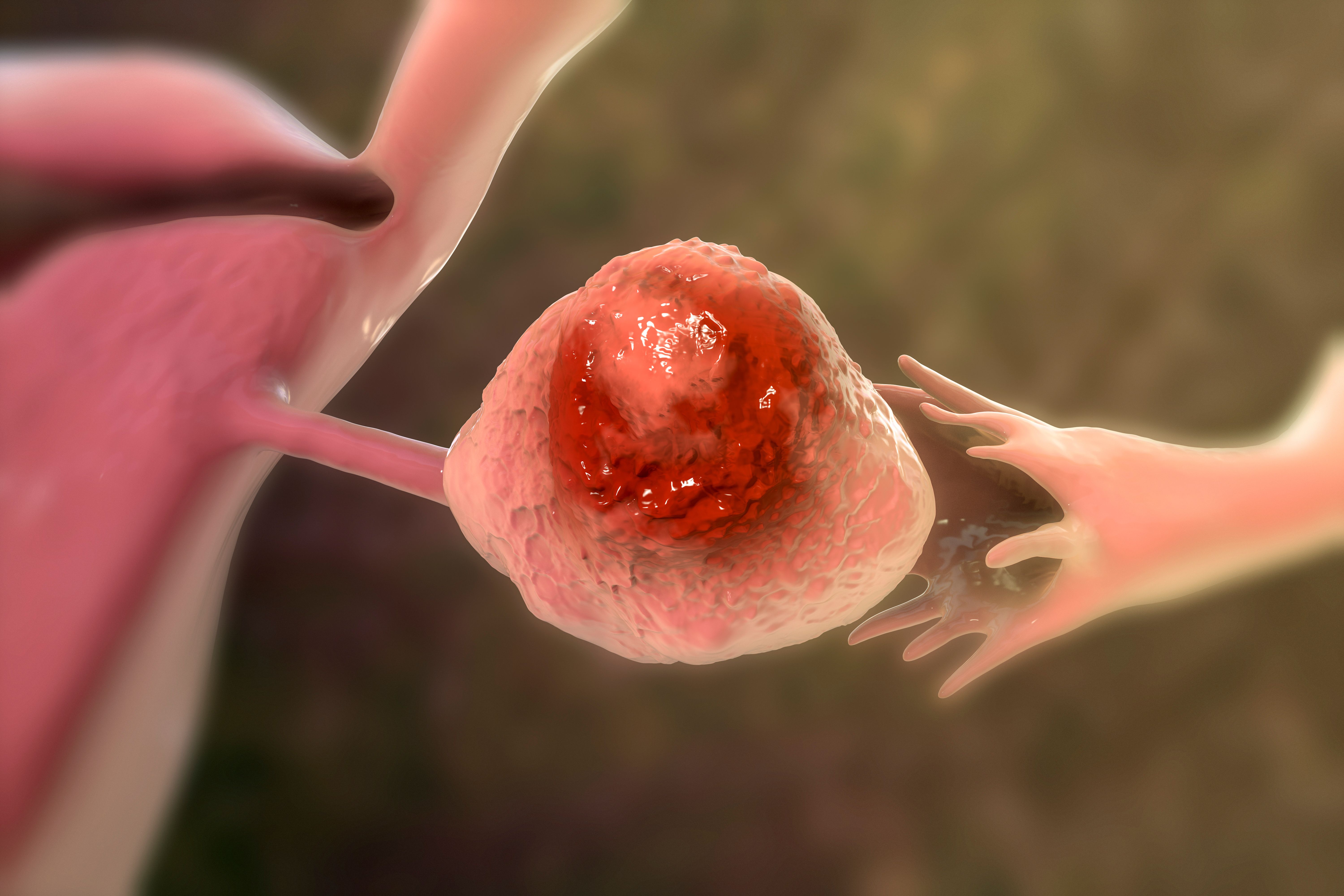Article
HPV Vaccination May Lower Prevalence of Oropharyngeal Cancers in Young Adults
Author(s):
According to the study, to be presented at the 2017 American Society of Clinical Oncology Annual Meeting, vaccination resulted in an 88% overall reduction in vaccine-type infections and a 100% reduction among men, in the young adult population.
One of the fastest growing cancers among young men in the United States, the incidence of human papilloma virus (HPV)-positive oropharyngeal cancer can be reduced with a prophylactic vaccine. These are the findings of a collaborative study that will be presented at the 2017 American Society of Clinical Oncology (ASCO) Annual Meeting in Chicago, Illinois.
Data from the National Health and Nutrition Examination Survey (NHANES) found that for the period between 2011 and 2014, the prevalence of oral HPV was 7.3% for adults between age 18 and 69 years and high-risk HPV was 4%. The absence of any specific disease symptoms makes it difficult to identify infected individuals, and, thereby, easier to transmit the disease.
HPV vaccines have been recommended for cancer prevention. The CDC updated its vaccination recommendations late last year, stating that 11- to 12-year-old children should be administered 2 doses of the 9-valent HPV vaccine spaced 6 months apart, and adolescents and young adults, 15 years and older, should be administered 3 doses. The recommendation subsequently gained support from 69 National Cancer Institute—designated cancer centers.
Maura L. Gillison, MD, PhD, a head and neck medical oncologist and molecular epidemiologist at The Ohio State University and study co-author, said during a pre-meeting press cast organized by ASCO that there have not been any trials evaluating whether currently approved vaccines can prevent HPV infections, especially in the younger population. The objective, therefore, “was to evaluate the impact of HPV vaccination on oral HPV infections among young adults in the United States,” she said.
For their present study, the authors used data from the NHANES study, gathered between 2011 and 2014, to retrospectively analyze the impact of a prophylactic vaccination on the incidence of oral HPV infections among US men and women between 18 and 33 years of age (n = 2627). The exposure was the receipt of 1 or more doses (self-reported) of 4 vaccine types: 16, 18, 6, and 11—or not. The authors also examined the percent reduction in infection-prevalence among vaccinated individuals and population-level effectiveness of vaccination.
The authors found that 18.3% of the study cohort reported receiving at least 1 dose of an HPV vaccine prior to age 26. This included 29.2% of women and 6.9% of men. Oral HPV 16/18/6/11 infections were significantly lower in the vaccinated population (0.11%) compared with the unvaccinated individuals (1.61%; P = .008). The impact was even more dramatic among men: 0.00% versus 2.1% (P = .007) in the vaccinated versus the unvaccinated population, respectively. On the other hand, prevalence of non-vaccine HPV was similar between the 2 populations overall (3.98% versus 4.74%; P = .24), the authors noted.
Based on their analysis, the authors estimated an 88% overall reduction in vaccine-type infections and a 100% reduction among men among young adults, the authors concluded.
“The HPV vaccine may reduce oral HPV infections,” Gillison said. “However, clinical trials would be required to demonstrate a cause-effect relation between vaccination and the extent of oral HPV infections.”




